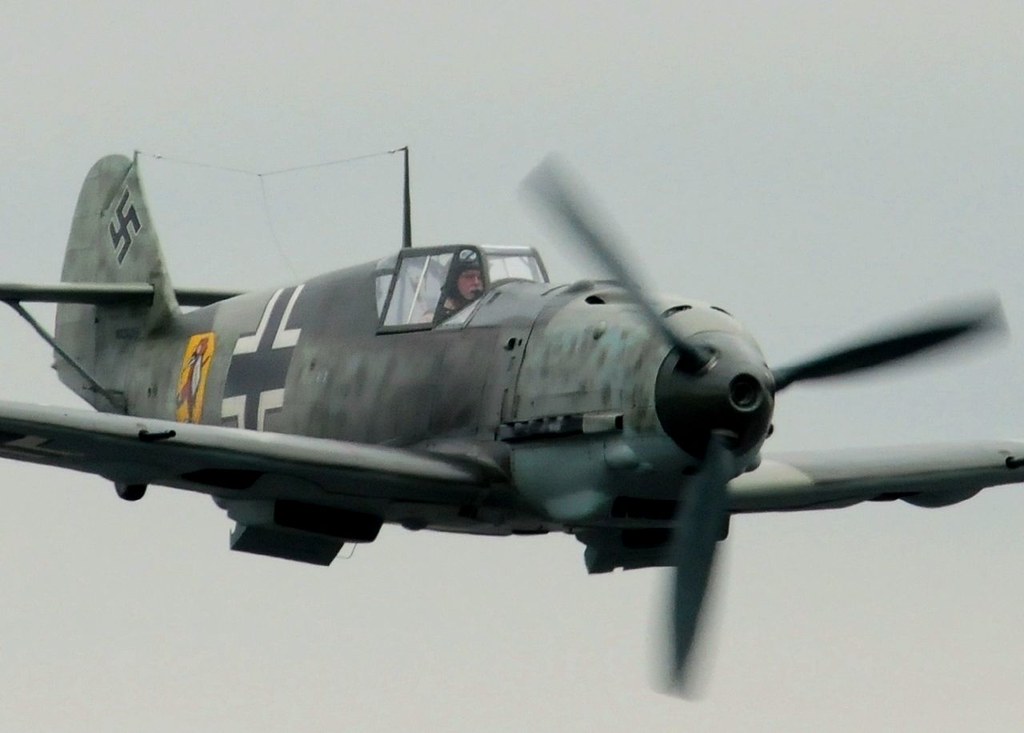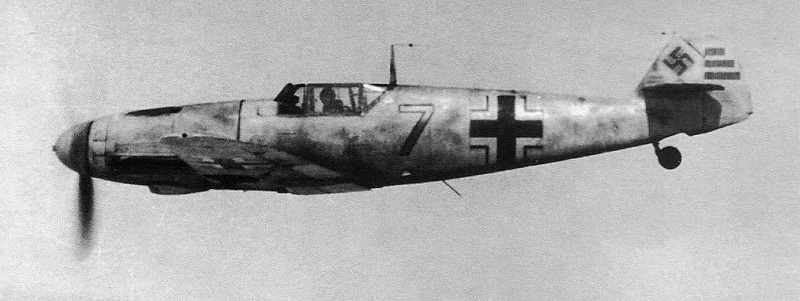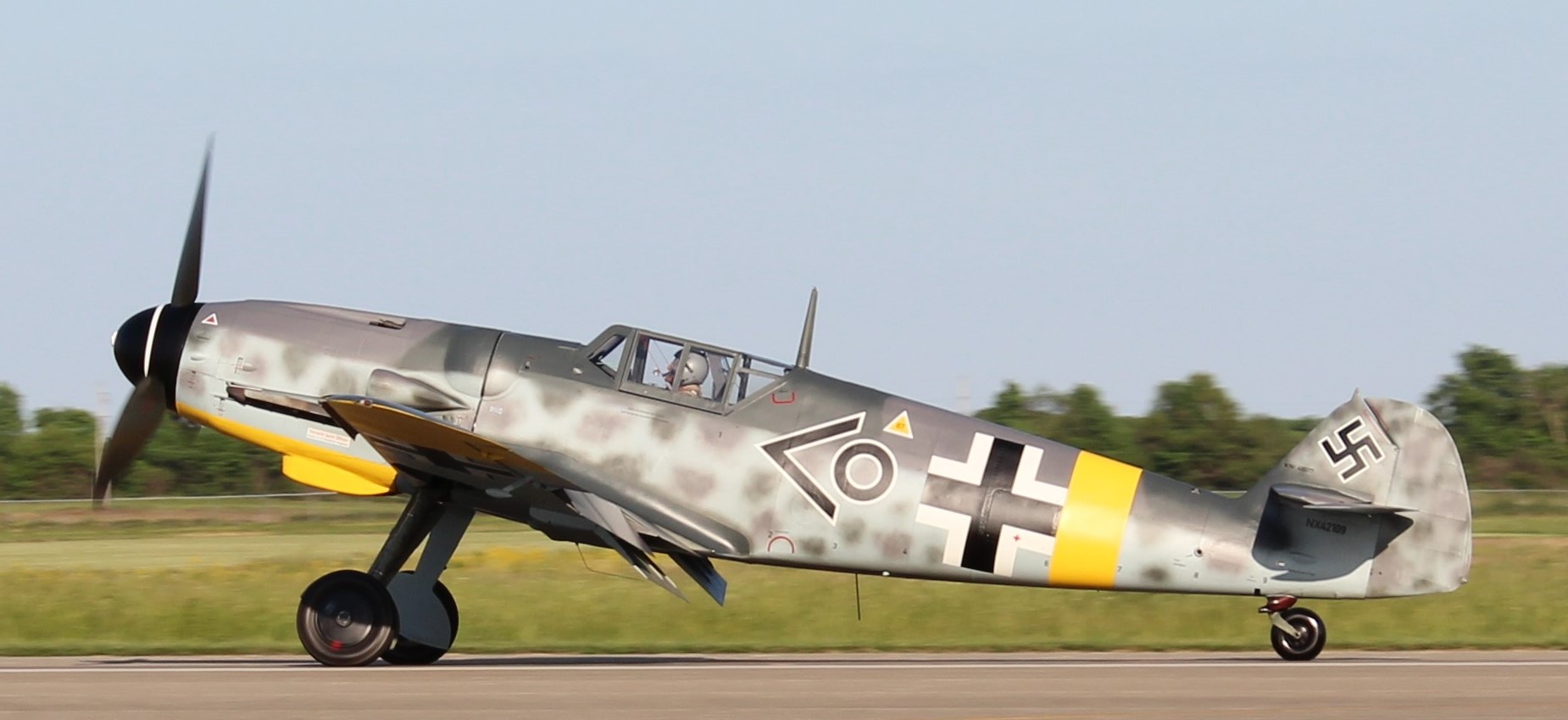The perception of the Luftwaffe
For most people in Europe, the Luftwaffe was a dreadful Air Force, able to annihilate almost all military force in the World.
Such a terrifying image was, obviously, depicted by the German propaganda of the so-called Dr. Goebbels.
But it was, also, widespread by all the British communication campaigns, especially after the Battle of Britain.
This image was absolutely true after the Campaign of Poland in 1939.
But the Polish Air Force was not a challenge at all (the Polish government spent only 2% of its military budget for the Polish Air Force).
But this image was not so simple after the Battle of France.
Yes, the Luftwaffe managed a lot of spectacular actions.
But, even after the withdrawal of most of the RAF Hurricane units from the French soil the May 21, the Armée de l'Air continued its actions until its own withdrawal in North Africa after the 17 June 1940.
In fact, the Luftwaffe was perfectly designed to allow the Wehrmacht victory during the Campaign of France.
Devoid of long range bombers as of long range fighters, it was unefficient for the following parts of WW II.
The German aerial defense relied on two complementary tools:
But the Polish Air Force was not a challenge at all (the Polish government spent only 2% of its military budget for the Polish Air Force).
But this image was not so simple after the Battle of France.
Yes, the Luftwaffe managed a lot of spectacular actions.
But, even after the withdrawal of most of the RAF Hurricane units from the French soil the May 21, the Armée de l'Air continued its actions until its own withdrawal in North Africa after the 17 June 1940.
In fact, the Luftwaffe was perfectly designed to allow the Wehrmacht victory during the Campaign of France.
Devoid of long range bombers as of long range fighters, it was unefficient for the following parts of WW II.
The Jagdwaffe, a really strong defense
The German aerial defense relied on two complementary tools:
- The dreadful Flak (AA artillery).
- The Jagdwaffe, gathering all the fighters.
- The Messerschmitt Bf 109, a very good defensive and rather light fighter.
- The Messerschmitt Bf 110, an excellent night fighter, but absolutely not a strategic fighter
The German strike force
In 1934, under the command of the general Walter Wever, the third Reich developed three components of bombing aircrafts :
- A Strategic force, with the Ural bombers.
- An impressive Tactical Force with two excellent bombers:
- The fast and very maneuverable Dornier 17,
- The Heinkel 111, able to deliver a much heavier bomb load.
- A bit later, the RLM (Air Ministry of the Reich) wanted the Junkers 88, initially a vile copy of the Do 17, expecting ability to the dive bombing.
- A front-line force with the Junkers 87 Stuka and the Henschell 123, both being very efficients against tiny target of the battlefield.


